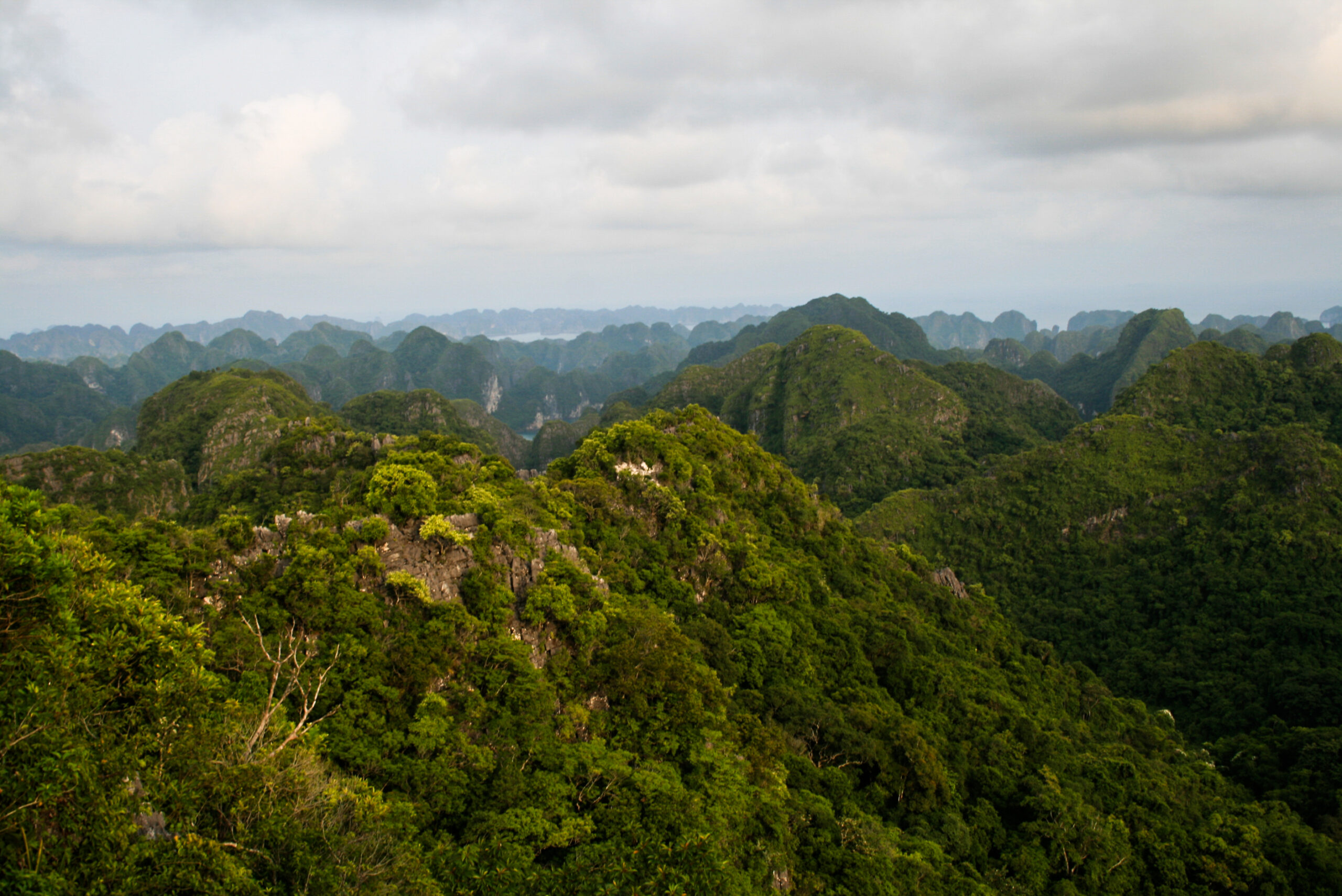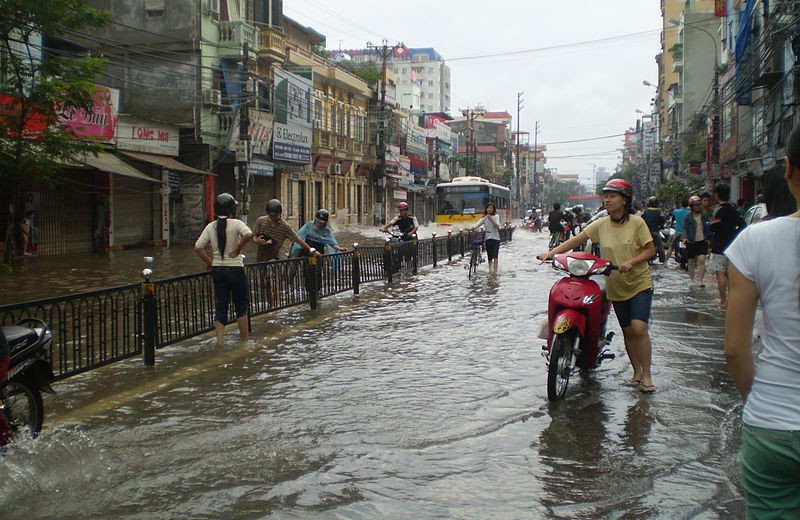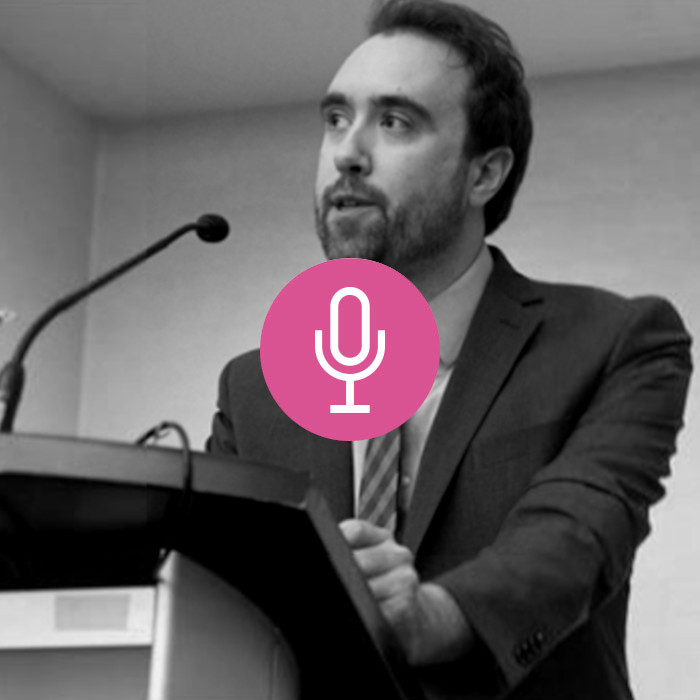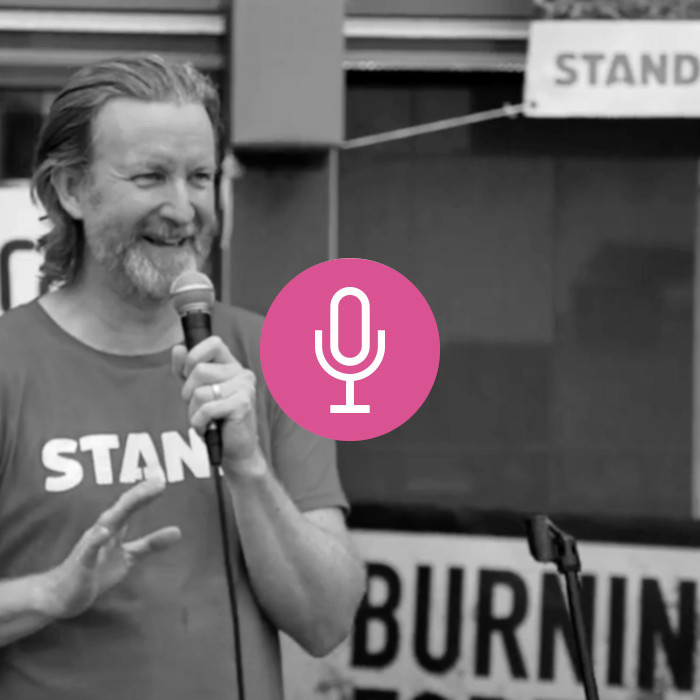The value of forests is deeply ingrained in Vietnamese culture. Rừng vàng, biển bạc” [“forests of gold and seas of silver”] is both a metaphor for Vietnam, and a description of its natural wealth. The phrase is everywhere, from political speeches to daily conversation, as is Nhất phá sơn lâm, nhì đâm hà bá [“the worst crime is to destroy the mountains and forests, the second worst is to kill the river”]. Deforestation is a Vietnamese taboo.
During the Vietnam War, forests were regarded as close allies of the Vietnamese soldiers, yielding another saying, Rừng che bộ đội, rừng vây quân thù [“forests shield the army, forests encircle the enemy”]. But this comradeship came at a great cost. Decades of devastation from Agent Orange, defoliant, bombs, followed by post-war pressures for intensive development of agriculture, mining, and energy infrastructure all took their toll on forest cover. By the late 1980s, national forest coverage had almost halved.
The decline was finally halted by the Doi Moi reform of 1986, and 40 years later forest coverage was back to its 1960s level with over 10 million hectares of natural forests and 4.6 million hectares of planted forests. Despite the huge progress, however, natural forests in Vietnam continue to decline, with a loss of 1.57 million hectares during 2013-2022, according to Global Forest Watch.
The lack of a means to convert the value of forests’ ecosystem services into monetary value has led to a paradox in Vietnam: provinces with large forest areas are among the poorest. Bac Kan province in the north-east, for example, had the highest forest coverage nationwide in 2022 at 73%, but was also one of the poorest provinces with a poverty rate of 17% in 2021. The pressure to reduce poverty and improve livelihoods means that identifying the right socio-economic development model for provinces rich in forests, such as Bac Kan, calls for careful consideration. Needless to say, resource-rich regions with poor populations make easy pickings for large exploitative companies. So it’s vital that efforts are made to ensure that residents share in the profits these forests can produce.
The potential of reforestation credits
Economic pressures may threaten Vietnam’s forests, but it is the capacity of these very forests to act as natural carbon sinks that simultaneously represents one of the country’s greatest economic opportunities. Vietnam is uniquely placed to participate in reforestation carbon offset schemes – initiatives that enable carbon credits to be generated when CO2 is removed from the atmosphere and stored in a reforestation project. Carbon producing countries purchase credits from countries with large forest coverage or capacity to sequester carbon, hence offsetting their emissions. In return, the countries selling these carbon credits can receive multiple tax advantages and other financial rewards. If used wisely and allocated fairly, such benefits could further finance Vietnam’s sustainable development and reduce poverty in mountain regions.
Selling reforestation credits already shows promising results for poor people in regions with abundant forest resources. For example, Quang Binh province (with 69% forest cover) recently received more than US$3 million from carbon credits based on 469,317 hectares of forest. Around US$3.265 million will be distributed to forest owners, including households, individuals, communities, organisations, and commune People’s Committees, and almost US$100,000 will be allocated to the Forest Protection and Development Fund. In addition to Quang Binh, six other provinces in the North Central Region of Vietnam also participated in the Emission Reductions Payment Agreement program. In 2023, Vietnam transferred 10.3 million tons of CO2 equivalents to the World Bank, receiving a total of US$51.5 million. During the COP26 summit in 2021, the Vietnamese Minister of Agriculture and Rural Development and the Director of the Organisation for Forest Financial Enhancement (Emergent) signed a Letter of Intent stating that Vietnam intends to transfer 5.15 million tonnes of CO2 emission reductions from forests in the Central Highlands and South Central Coast to the Lowering Emissions by Accelerating Forest finance (LEAF) Coalition by 2026.

Despite Vietnam’s one-party system, political leaders often hold distinct positions on certain issues. Fortunately, however, there is consensus among officials in aligning socio-economic development with environmental sustainability. In 2022, the Government enacted Decree 06/2022/ND-CP to reduce greenhouse gas emissions via protecting and improving forest coverage and monitoring forests’ carbon sequestration capacity, joining carbon credit exchanges and offset mechanisms, and establishing a Vietnamese carbon market.
Of course, there are a number of well-known issues with carbon accounting that must be resolved as quickly as possible, but protecting tropical forests and funding local populations are worthy goals that deserve support. In 2022, Vietnam lost 120,000 hectares of natural forest, producing 66.6 million tons of CO2 emissions. 120,000 hectares is worth €5.5 billion at the EU compliance market price of €83.97/ton CO2, which would have accounted for roughly 12% of Vietnam’s entire import-export turnover to EU nations in 2022.
The benefits of safeguarding Vietnamese forests are clear, and the risks associated with permitting their destruction cannot be overstated. Vietnam is one of the most vulnerable countries to climate change. Extreme weather conditions induced by climate change are occurring more frequently and unpredictably. According to the National Steering Committee for Natural Disaster Prevention and Control, Vietnam experienced over 1,100 natural disasters in 2023, resulting in 166 deaths and missing persons, with estimated economic damages of about 8,236 billion VND (over $338 million). The annual saltwater intrusion in the Mekong Delta is also getting more severe, drastically affecting agricultural production.
The “eco-deficit culture” now forming in Vietnam is out of sync with the country’s historically forest-oriented values, in no small part a result of Western influence over markets and research. Addressing this in line with stable socio-economic development will take great care and time, but forest carbon offset schemes could play a part in this transition. If current support leads to action, forests of gold could become a reality.
Dr. Quan-Hoang Vuong is the Director of the Centre for Interdisciplinary Social Research at Phenikaa University, where Minh-Hoang Nguyen works as a Researcher. Their work revolves around environmental and biodiversity conservation.
Read more:

- Opinion
- By Quan-Hoang Vuong
- 11 November, 2021






